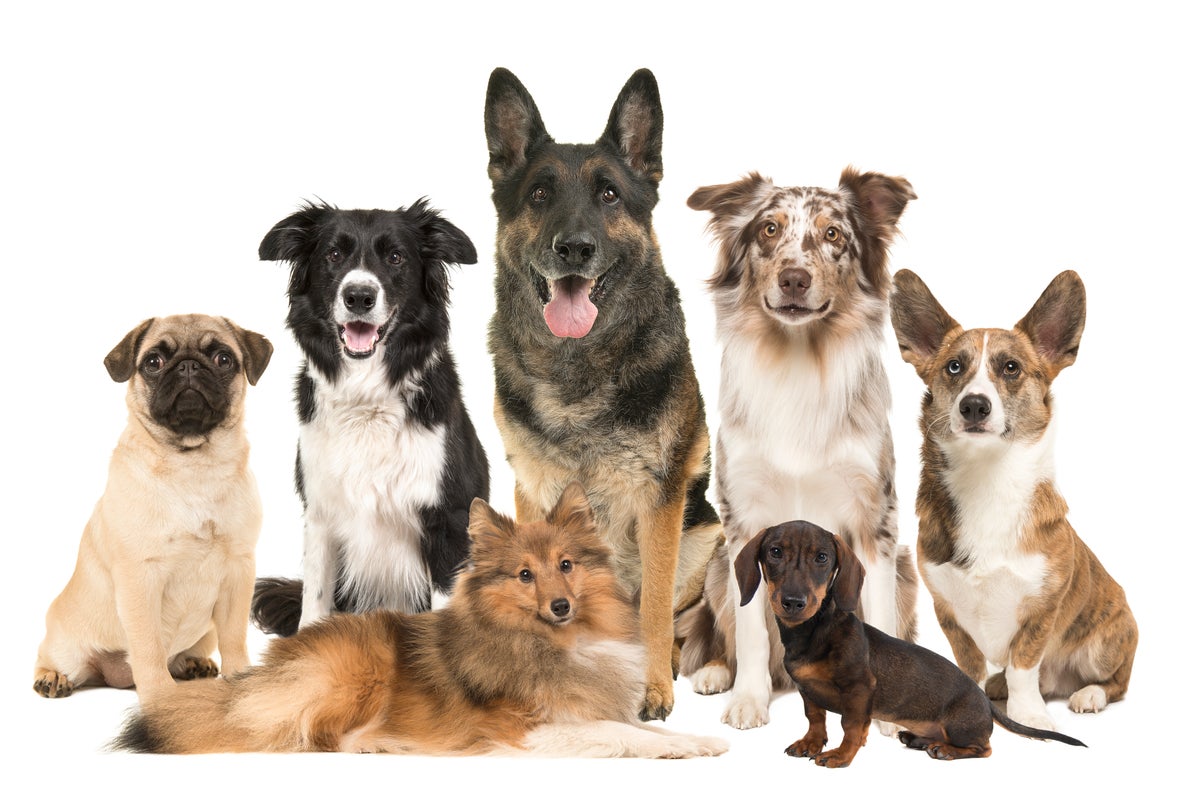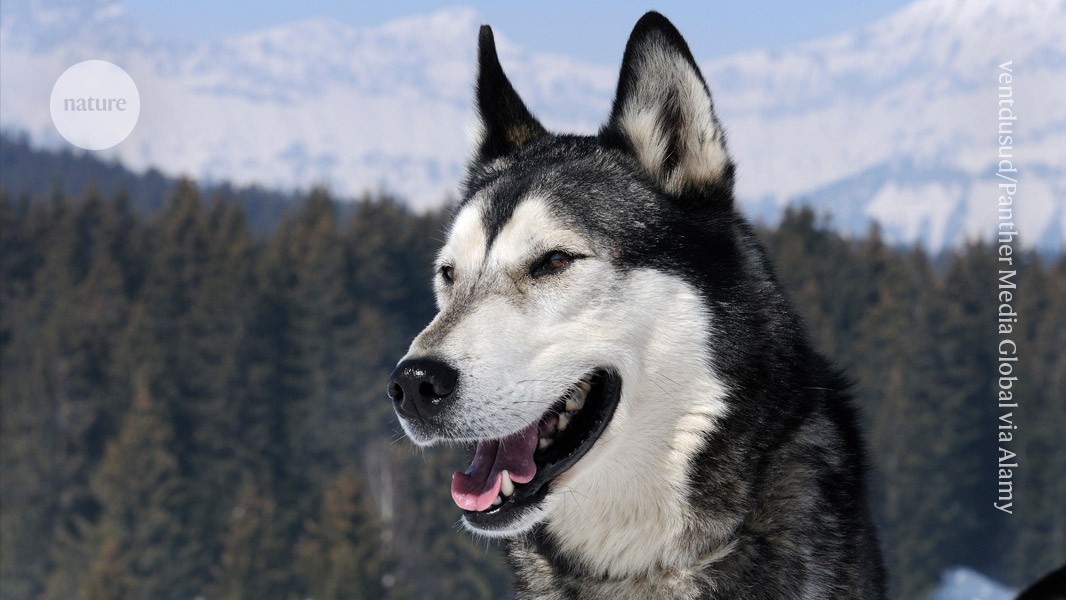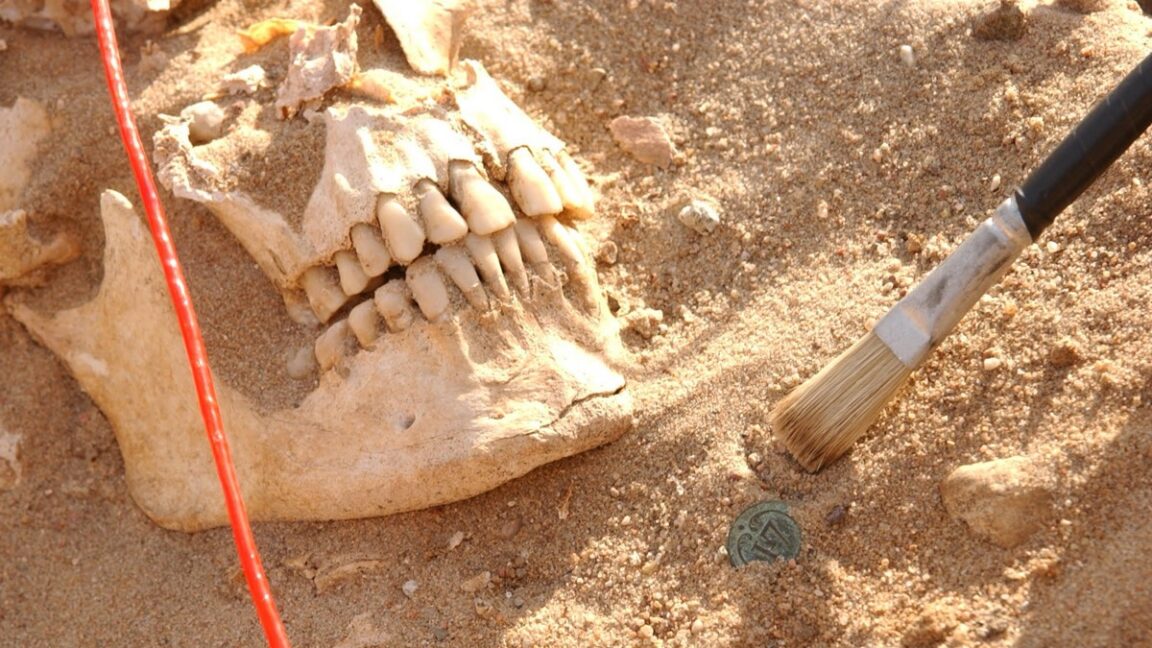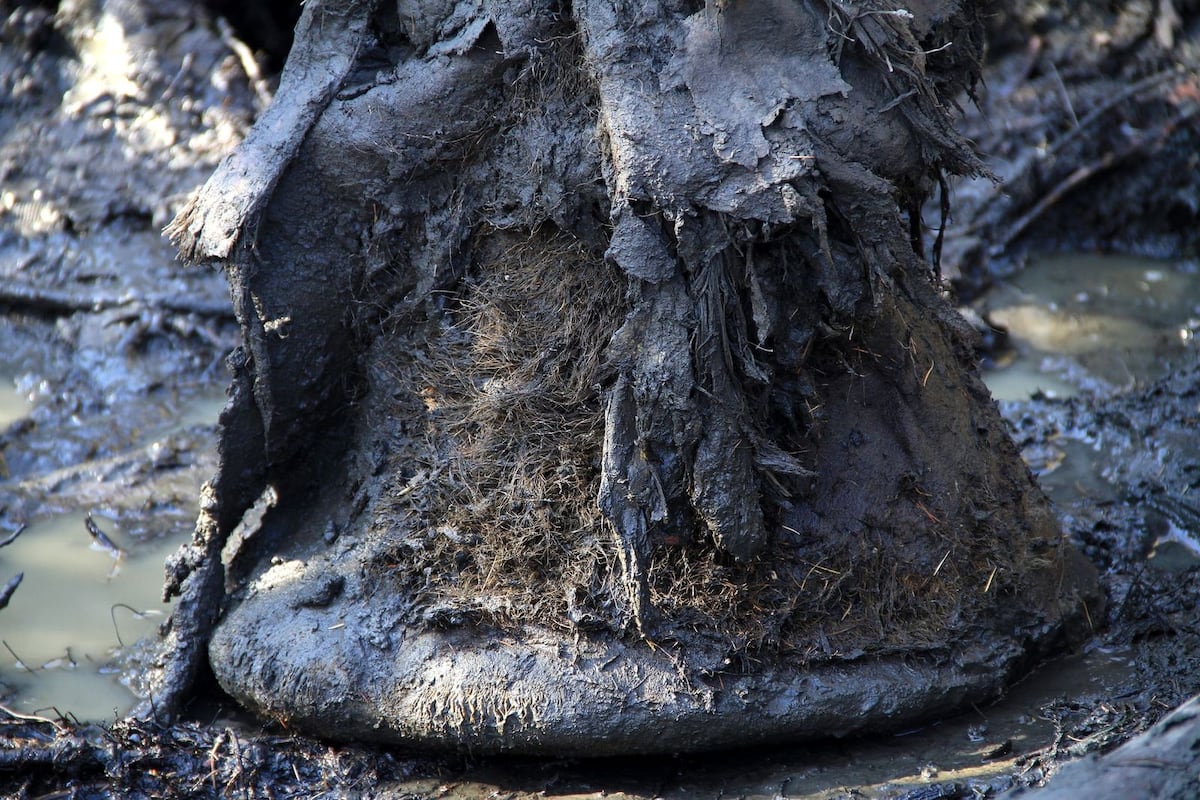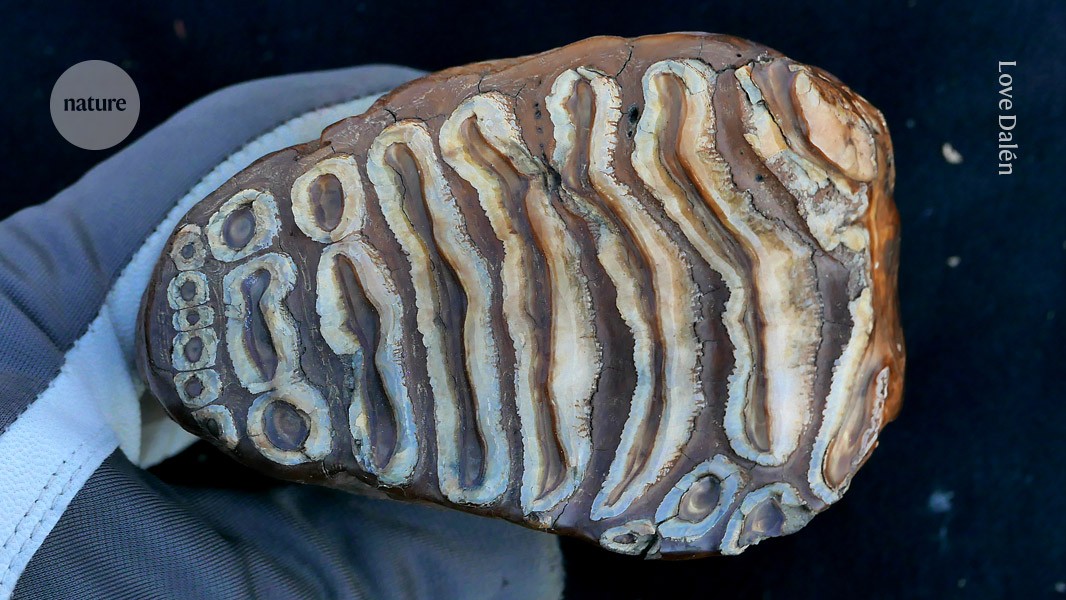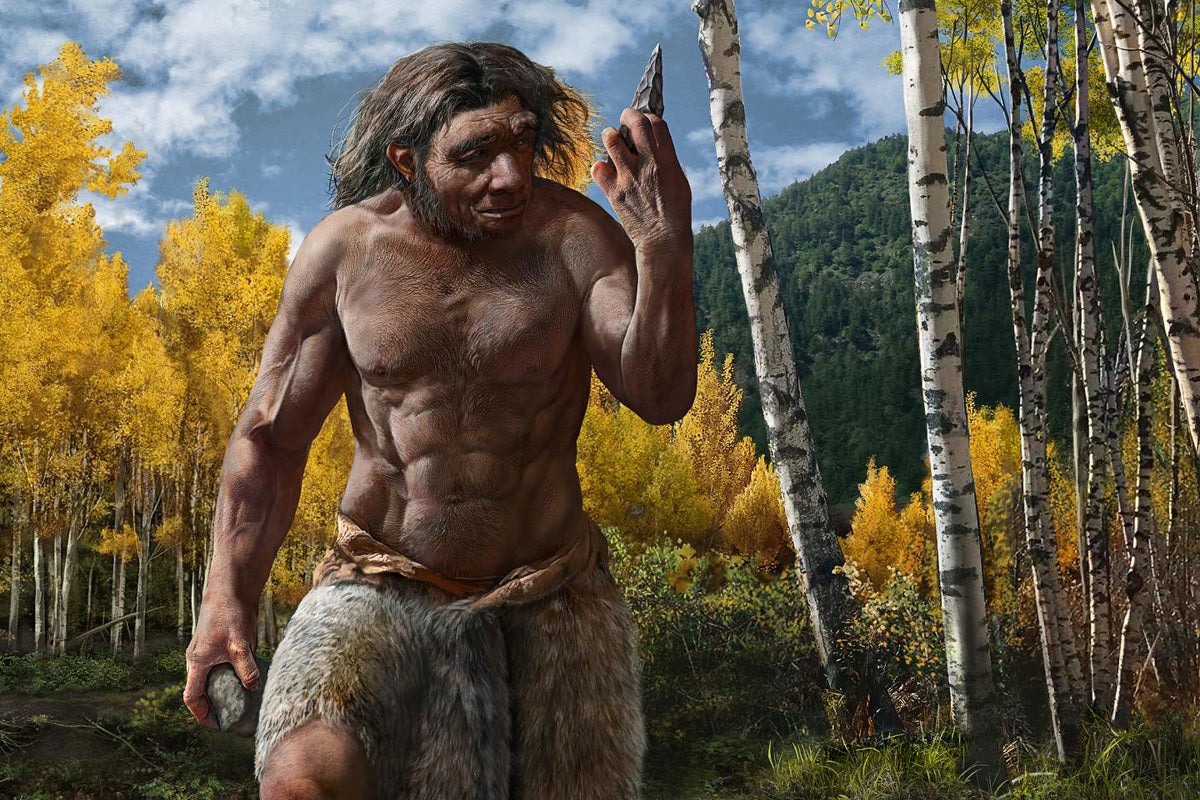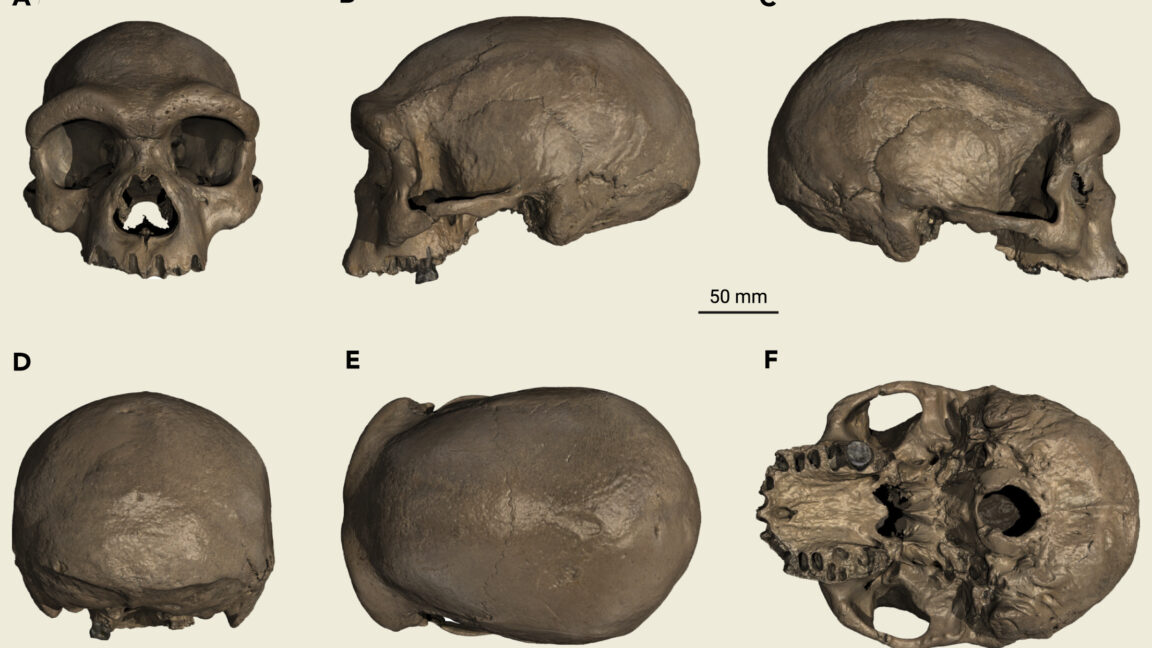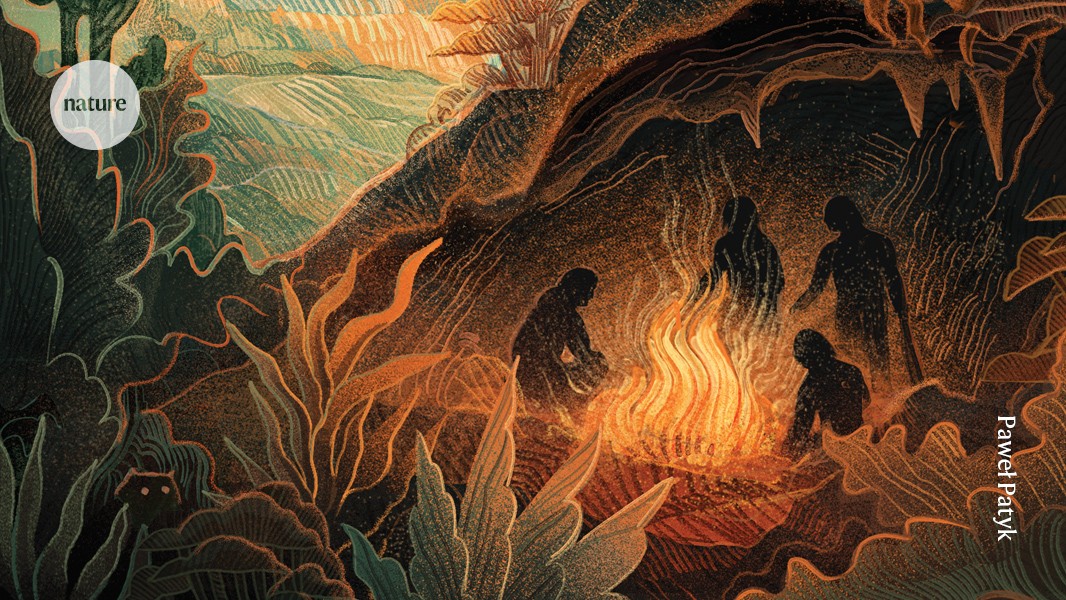#ancient-dna
#ancient-dna
[ follow ]
#archaeology #human-evolution #denisovans #neanderthals #mammoths #population-genetics #dog-domestication
fromMail Online
2 weeks agoNeanderthals NEVER truly went extinct, study claims
Scientists have long speculated what caused the downfall of the Neanderthals, but a new study suggests they never truly went extinct at all. Scientists in Italy and Switzerland claim the ancient group of archaic humans didn't experience a 'true extinction' because their DNA exists in people today. Over as little as 10,000 years, our species, Homo sapeins, mated and produced offspring with Neanderthals as part of a gradual 'genetic assimilation'.
Science
History
fromMedievalists.net
2 weeks agoThe Assassination of Duke Bela of Macso: Forensic Science Reveals a Medieval Murder - Medievalists.net
Forensic analysis confirms skeletal remains found on Budapest's Margaret Island belong to Duke Béla of Macsó, revealing gruesome mutilation and a politically motivated murder in 1272.
Toronto
fromwww.cbc.ca
1 month agoMysterious deer fossil unearthed near TTC station identified after almost 50 years | CBC News
A nearly 12,000-year-old Islington fossil identified as Torontoceros hypogaeus is closely related to white-tailed and mule deer but represents a distinct, ancient deer species.
fromenglish.elpais.com
1 month agoSvante Paabo, father of paleogenetics: The reason for the Neanderthals' extinction lies in how numerous we've become'
Geneticist Svante Paabo demonstrated that DNA can be extracted from human fossils that are thousands of years old. His team was the first to sequence the complete genome of Neanderthals, our closest human relatives, and discovered that Homo Sapiens had sex and children with them. He also revealed the existence of a third, previously unknown human lineage, the Denisovans, thanks to genetic material extracted from a tiny bone of a girl who lived in a Siberian cave some 50,000 years ago.
Science
fromThe Washington Post
3 months agoHow wild horses became ridable, according to ancient DNA
And while the history of the combustion engines that eventually replaced horses is well understood, precisely how and when our ancestors transformed wild animals into docile and rideable domestic companions has been debated, pieced together from studies of ancient teeth and bones. But a new study of ancient DNA sheds light on how modern horses came to be, pinpointing key genetic changes that shaped their bodies and behavior, helping make the wild animals more docile and rideable.
Science
fromNature
4 months agoThe spatiotemporal distribution of human pathogens in ancient Eurasia - Nature
Pathogens have been a constant threat to human health throughout our evolutionary history. Infectious diseases are estimated to have been responsible for more than half of all children deaths before age 15.
Public health
[ Load more ]
